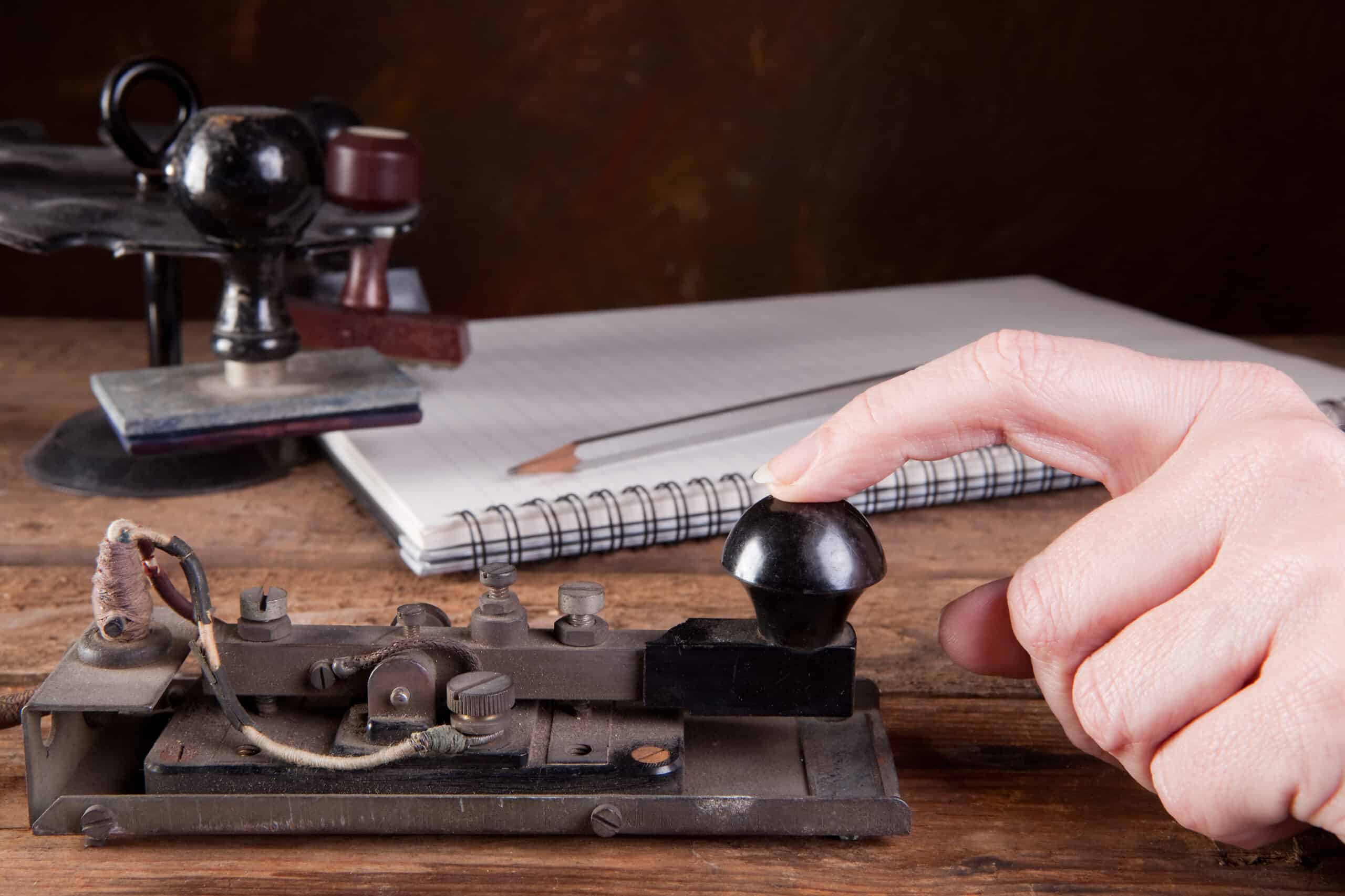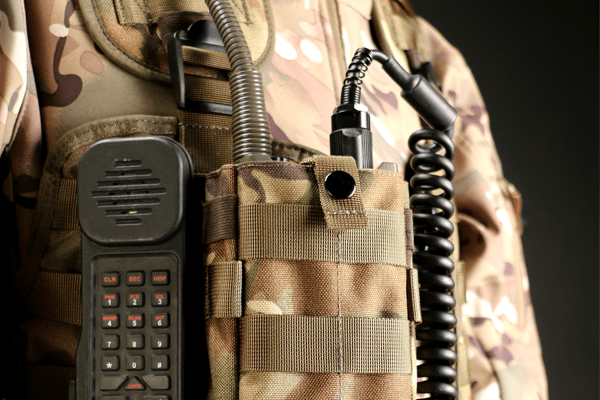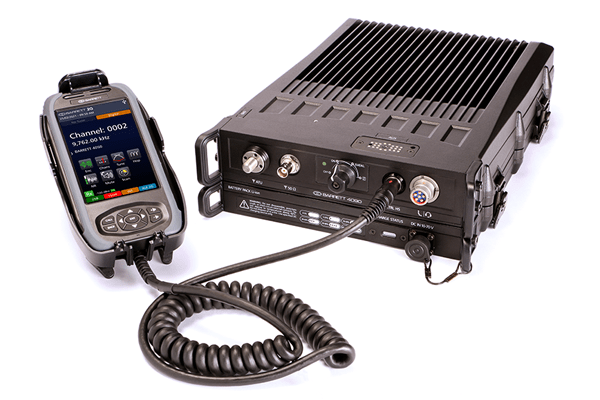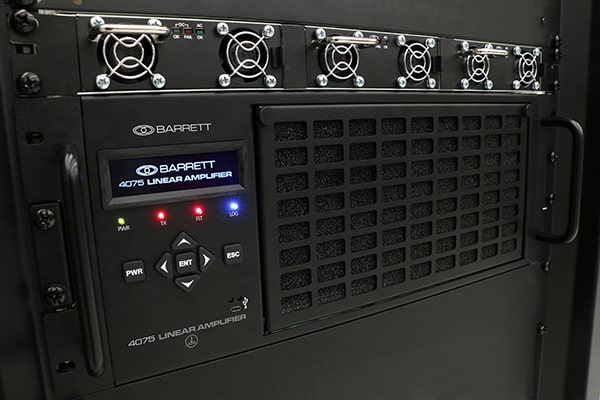The magic of Morse Code: A retrospective look at the pioneer of radio communication
The magic of Morse Code: A retrospective look at the pioneer of radio communication

Explore the lasting impact of Morse code, from its 19th-century origins to modern uses. Learn how its ingenious design revolutionized communication.
Picture a time when the scope of long-distance communication was confined to sending letters or even basic signals like drums and smoke. Then came Morse code, outgrowing these limitations and setting the stage for modern radio systems and a host of other technologies.
The birth of Morse code
In 1832, Samuel F.B. Morse introduced the electric telegraph, an invention that significantly changed the way people communicated. The inaugural long-distance message travelled from Washington, D.C., to Baltimore in 1844. This was a watershed moment; complex thoughts could now traverse great distances in the blink of an eye.
The first message sent was “What hath God wrought,” a biblical phrase that aptly captured the awe and wonder of the time. Morse’s invention received funding from Congress, a sum of $30,000, to construct a telegraph line between Washington, D.C., and Baltimore, making it a publicly endorsed venture.
The ingenious design
Morse’s ingenuity extended beyond the telegraph to the architecture of the code itself. He meticulously designed the code based on the frequency of each letter in the English language. The outcome was a system of remarkable efficiency, where commonly used letters were represented by simpler symbols, making the code not just functional but remarkably effective. For example:
- “E,” the most frequent letter, is a single dot.
- “T,” another frequent letter, is a single dash.
- “Z,” a less frequent letter, has a more complex symbol: dash dash dot dot.
This design allowed for rapid transmission of messages, revolutionising the speed and the very economics of communication.

Morse code meets radio
As the 19th century drew to a close, Guglielmo Marconi introduced the wireless telegraph, liberating Morse code from the constraints of wired connections. The maritime industry was among the first to embrace this airborne form of communication.
By 1910, U.S. legislation required many passenger ships to carry wireless sets, cementing Morse code’s role in maritime safety. And, after the sinking of the Titanic in 1912, an international agreement mandated ships to monitor for Morse code distress signals, further solidifying its importance.
The versatility of Morse code
The adaptability of Morse code is astonishing. It is able to perform as both a visual and audio-based medium and has guided aviators, inspired amateur radio operators and even assisted individuals with limited motor skills to communicate via smartphone apps. Beyond its utilitarian aspects, the code possesses a rhythmic, musical fluidity that many find calming or even meditative. It has even been hidden in a pop song in order to communicate with hostages in Colombia in the early 2010s.
In a nutshell, Morse code’s impact on our communication systems is both profound and enduring. Its clever design and remarkable adaptability have secured its relevance in an era of advanced technologies. Far from being a relic, Morse code is a vibrant language that continues to evolve and find new applications, from assistive technologies to military training and emergency situations.
Barrett Communications is your go-to resource for those intrigued by the world of radio communication. Reach out to our team for your two-way radio communication needs.







